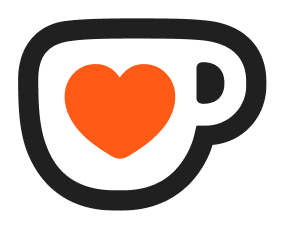| Patient ID | Safe Medication Practices | Infection Prevention | The Patient is Our #1 Priority | Potpourri |
|---|---|---|---|---|
|
What are the most acceptable forms of patient identification?
A patient's name and medical number
|
What is medication labeling?
The process that needs to be followed when medication or solution is transferred from the original packaging to another container or syringe.
|
What is hand hygiene?
The first step in infection prevention.
|
What is the Braden scale?
The assessment performed to determine a patient's risk for pressure ulcers.
|
What is in the patient profile?
Where documentation for a patient's suicide risk assessment would be found.
|
|
What is specimen collection at the bedside and blood transfusions?
The SOFT system is used for these two purposes
|
What is discard medication/solution?
What I do when medication or solution is found unlabeled.
|
Who are patients from ICU, NICU, and long term care facilities?
The MRSA screening is required for these patient admissions.
|
What is potty and proximity
P's that help prevent patient falls.
|
What is time out?
The final assessment that ensures the correct patient, site, and procedure are identified.
|
|
What is at the bedside?
The location of specimen labeling
|
What is admission, transfer, and discharge?
The 3 occasions when a medication reconciliation is required.
|
What is hand hygeine, scrub the hub, utilizing chlorhexidine and daily assessment of the line?
The nurse's role in preventing central line associated blood stream infections.
|
What is a pressure ulcer prevention device?
The waffle cushion is one of these.
|
What are RED RULES? 1.High Alert medications 2.Patient Identification 3.Specimen Labeling 4.Verification Process for Surgical and Invasive Procedures
These are fundamental to patient safety, must be adhered to without deviation and if not followed leads to a written warning.
|
|
What is the date of birth?
The patient identifier that may be used when the registration process is not complete.
|
What is compliance, follow up, food and drug interactions, and the potential for adverse drug reactions and interactions?
The necessary components of patient/family education with anticoagulant therapy.
|
What is an antimicrobial wash (hibiclens)?
An evidence-based practice approach to reduce colonization prior to surgery.
|
What is alarm fatigue?
Desensitization of staff to alarms is called this.
|
What is evidence based practice?
A problem solving approach to the delivery of health care that is utilized by the clinical staff at Rush Copley.
|
|
What is an occurrence report?
This must be completed if the patient is found without an identification band in place.
|
What is a double check of medications including PCA pumps, epidural pumps, heparin drips, and insulin doses, and coumadin?
Secondary nurse verification.
|
What are aseptic technique for insertion, limited duration, securement of the catheter and nurse driven protocol for removal?
The measures used to prevent CAUTI's.
|
What is hourly rounding?
Patient initiative that is used to decrease the incidence of falls and call lights and increases patient satisfaction.
|
What is the Joint Commission?
Publisher of the National Patient Safety Goals.
|
 Support Us on Ko-fi
Support Us on Ko-fi